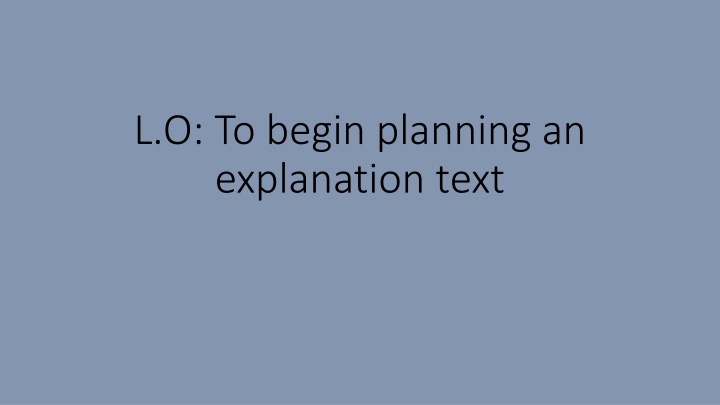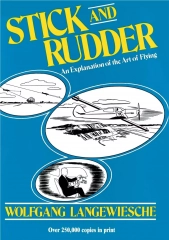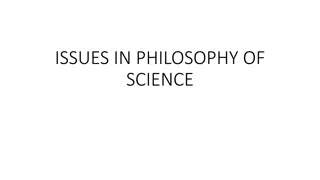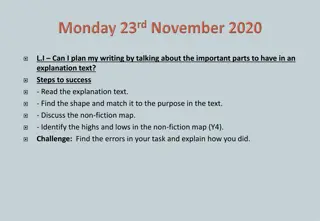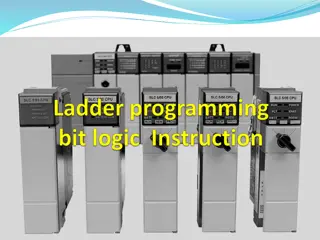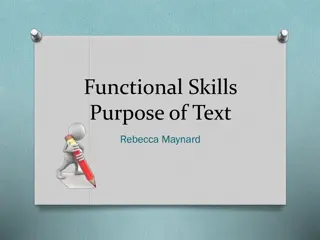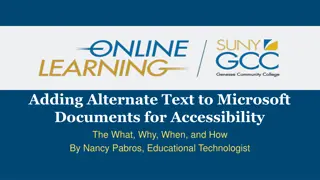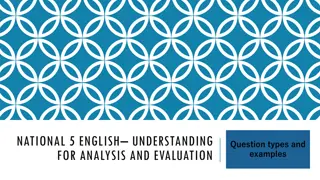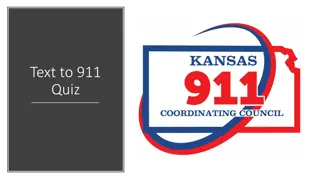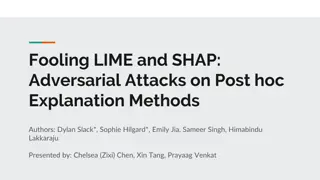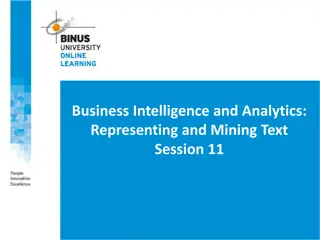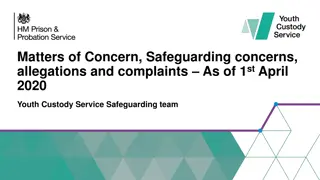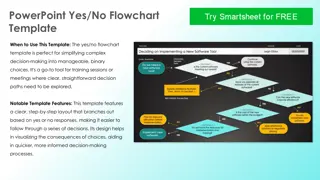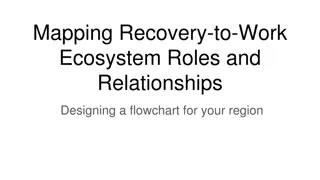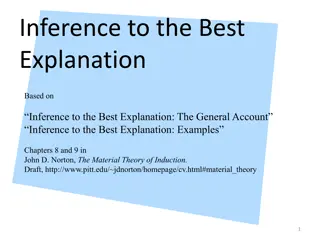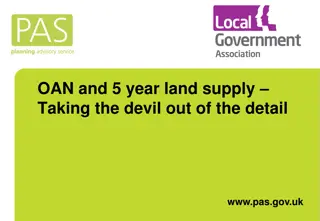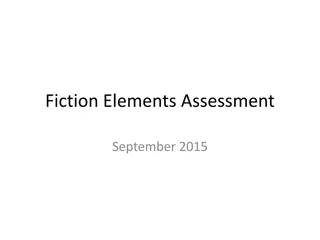Planning a Step-by-Step Explanation Text with Flowchart
Exploring the features of explanation texts and how to structure them effectively using flowcharts. Learn about the key elements such as language style, sequencing, technical vocabulary, diagrams, and time conjunctions. Dive into a creative activity involving the Tellyscope video and practice filling in a flowchart with time and causal conjunctions. Follow a fun narrative involving a tennis ball's journey to grasp the concept of explaining processes in a clear and engaging manner.
Download Presentation

Please find below an Image/Link to download the presentation.
The content on the website is provided AS IS for your information and personal use only. It may not be sold, licensed, or shared on other websites without obtaining consent from the author.If you encounter any issues during the download, it is possible that the publisher has removed the file from their server.
You are allowed to download the files provided on this website for personal or commercial use, subject to the condition that they are used lawfully. All files are the property of their respective owners.
The content on the website is provided AS IS for your information and personal use only. It may not be sold, licensed, or shared on other websites without obtaining consent from the author.
E N D
Presentation Transcript
L.O: To begin planning an explanation text
Today we are going to begin planning our explanation texts by producing a flowchart explaining the functions. First we need to recap the features of an explanation text: Can you remember any of the features?
Features of explanation texts: Written in the present tense, in formal language Text arranged into numbered points Sub-headings to separate sections of text Time connectives, such as: first, then, next, later, finally. Technical vocabulary (sometimes in bold), for example: if the text is about how a car is made, it may include words such as 'ignition', 'engine' and 'bonnet' Glossary to explain technical vocabulary Diagrams with labels Pictures with captions
Watch the video demonstrating the tellyscope. Think about how it works and the order in which things have to be completed to make it work. https://www.youtube.com/watch?v=Xc5eqwzEgUo
When filling in the flowchart, make sure you use time conjunctions, that explain when events occur First Next After As soon as Finally
You also need to use causal conjunctions, which are used to introduce a cause, reason or explanation for a given action Because so since consequently even though therefore as as a result now that
Following that, the tennis ball will shoot through a hole in the wall and make its way through a series of pipes. First, press the red button on the sofa arm and as a result the metal hand containing a tennis ball will appear. Pull back the hand and release. As a result, the tennis ball will be fired towards the wall. Then, it will turn some gears in the mechanism behind the wall, which consequently will move the television forward. Finally, as the television moves towards you, hold your finger out so that you can press the channel change button. The television will then return to it s original position. Warning: This machine does not always work. Word Bank Therefore, Consequently, Because, As a result of this, Following, So, If
Your task: Create a flowchart explaining how your contraption works. You must include: Time conjunctions Causal conjunctions The steps in chronological order You can use the blank flowchart provided or draw your own.
